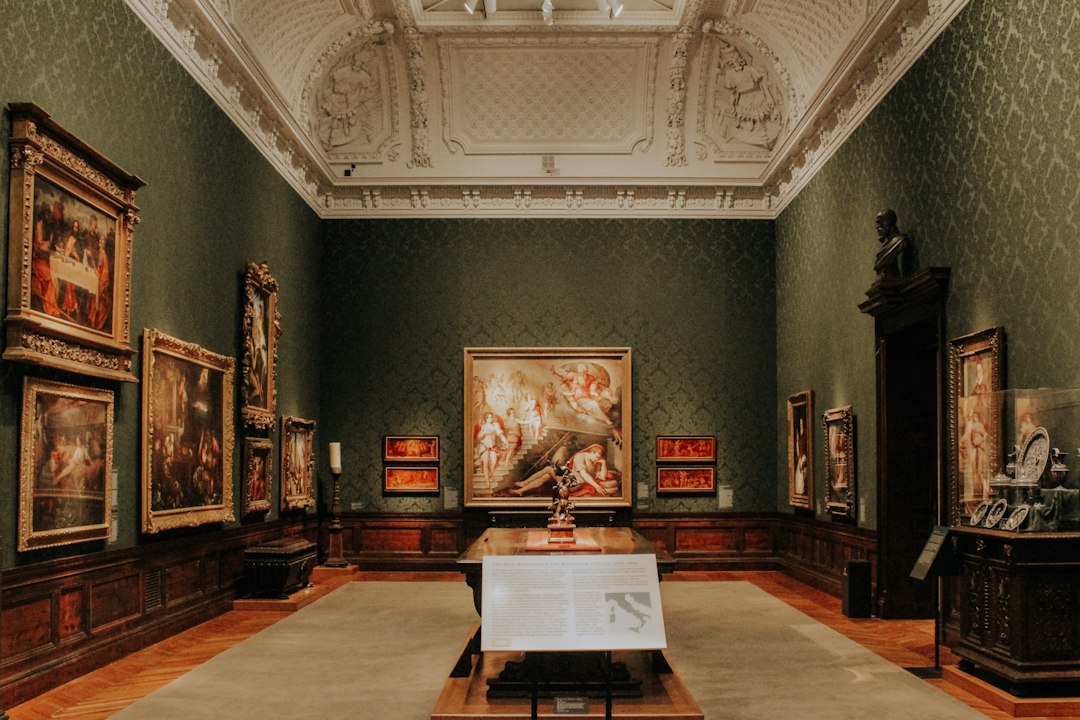The Renaissance of Mural Art: From Street Walls to Galleries
In recent years, mural art has experienced a remarkable renaissance, going from being associated only with street walls and underground culture, to being acknowledged and embraced by the art world, finding its way into prestigious galleries and museums. This resurgence in popularity has brought a new level of recognition and respect for mural artists, as well as offering a unique medium for artistic expression in both urban and gallery settings.
Mural art has a long and rich history, with roots dating back to ancient civilizations. From cave paintings in Lascaux to the stunning frescoes adorning the walls of the Sistine Chapel, murals have played a crucial role in documenting our collective stories and capturing the essence of different cultures. However, it wasn’t until the 20th century that mural art truly emerged as a form of urban expression.
The graffiti movement of the 1970s and 80s gave birth to a new generation of mural artists. Transforming dilapidated walls and forgotten spaces into vibrant, visually compelling works of art, these artists sought to reclaim public spaces and challenge societal norms. Their work was often seen as a rebellious act, a way to make a bold statement about social and political issues.
Over time, mural art began to evolve and take on new forms. Artists started experimenting with different techniques and styles, incorporating elements of fine art, graphic design, and street culture into their work. This fusion of influences helped to redefine mural art as more than just an act of vandalism, but as a legitimate art form worthy of recognition.
As the popularity of mural art grew, so did the demand for larger and more ambitious creations. Artists began pushing the boundaries of scale, creating massive murals that covered entire buildings and city blocks. These monumental works of art not only transformed the physical landscape of cities but also had a profound impact on the communities they were created in.
The recognition of mural art as a legitimate art form didn’t stop at the streets, however. It wasn’t long before galleries and museums took notice of the talent and creativity displayed by mural artists. Institutions like the Museum of Contemporary Art in Los Angeles and the Tate Modern in London started to showcase mural art, bringing it into the mainstream art world.
This newfound recognition has proven to be a double-edged sword for mural artists. On one hand, it has allowed for more exposure and opportunities to showcase their work to a broader audience. On the other hand, it has raised questions about the commercialization and commodification of a once underground art form. Some argue that mural art loses its authenticity when it is removed from its original context in the streets and displayed in a gallery setting.
Nevertheless, the renaissance of mural art has undeniably opened doors for artists to explore new possibilities and reach new audiences. Murals have become an integral part of urban revitalization projects, bringing color and life to otherwise mundane and forgotten spaces. They have the power to transform our cities, turning them into open-air galleries that are accessible to all.
In conclusion, the renaissance of mural art is a testament to its resilience and relevance in today’s society. From its humble beginnings as an act of rebellion on the streets, it has evolved into a recognized and respected art form. Whether found on the side of a building or in the halls of a museum, mural art continues to captivate and inspire, telling stories and sparking conversations for generations to come.

